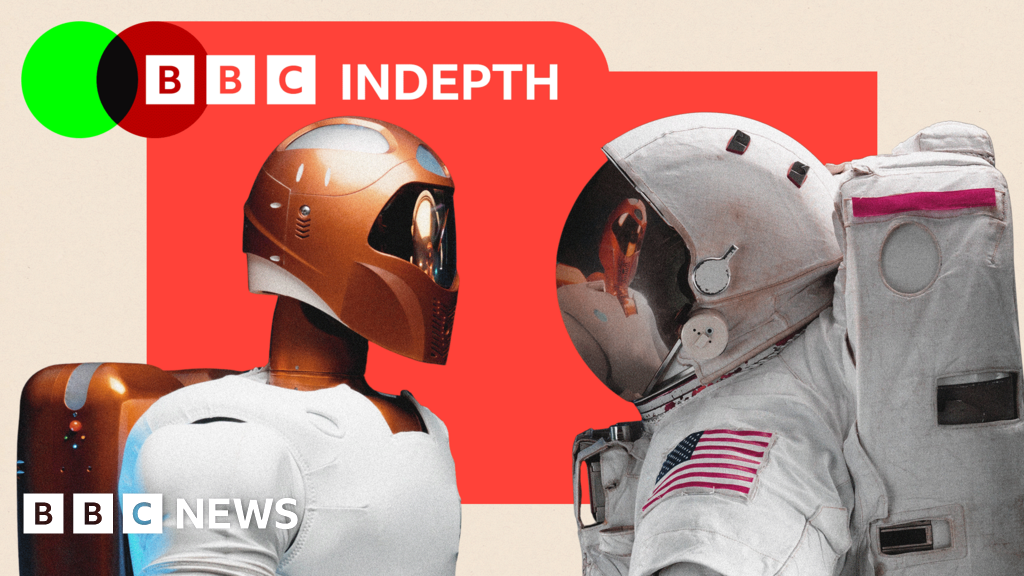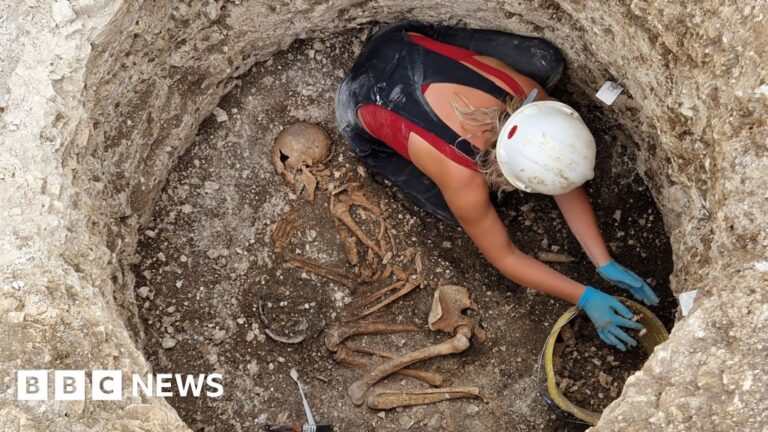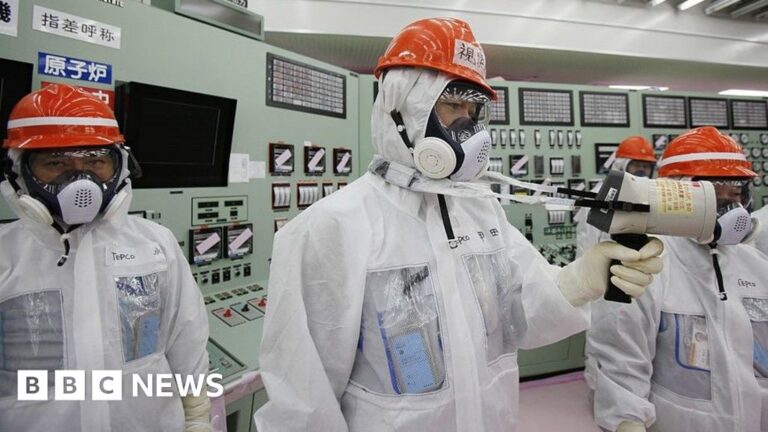On Christmas Eve, an autonomous spacecraft flew past the Sun, closer than any human-made object before it. Swooping through the atmosphere, Nasa’s Parker Solar Probe was on a mission to discover more about the Sun, including how it affects space weather at Earth.
This was a landmark moment for humanity – but one without any human directly involved, as the spacecraft carried out its pre-programmed tasks by itself as it flew past the sun, with no communication with Earth at all.
Robotic probes have been sent across the solar system for the last six decades, reaching destinations impossible for humans.
Some scientists question whether human astronauts are going to be needed at all. “Robots are developing fast, and the case for sending humans is getting weaker all the time,” says Lord Martin Rees, the UK’s Astronomer Royal. “I don’t think any taxpayer’s money should be used to send humans into space.”
He also points to the risk to humans. “The only case for sending humans [there] is as an adventure, an experience for wealthy people, and that should be funded privately,” he argues.
Andrew Coates, a physicist from University College London, agrees. “For serious space exploration, I much prefer robotics,” he says. “[They] go much further and do more things.”
They are also cheaper than humans, he argues. “And as AI progresses, the robots can be cleverer and cleverer.”
But what does that mean for future generations of budding astronauts – and surely there are certain functions that humans can do in space but which robots, however advanced, never could?
“Inspiration is something that is intangible,” argues Prof Coates.
Leroy Chiao, a retired Nasa astronaut who went on three flights to space in the 1990s and 2000s on Nasa’s Space Shuttle and to the International Space Station, agrees. “Humans relate when humans are doing something.
“The general public is excited about robotic missions. But I would expect the first human on Mars to be even bigger than the first Moon landing.”
Source link




